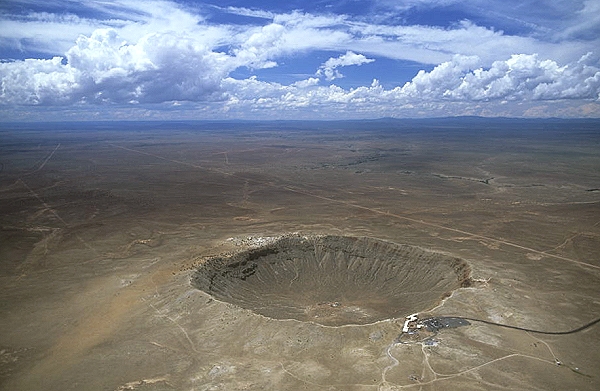
***
Fragments Found of Meteor That Exploded Over California

Near
the site of the discovery that launched the Gold Rush more than 150 years ago,
meteorite hunter Robert Ward has tracked down another sort of rock —fragments of
a minivan-sized meteor that blew up in the sky above California's Sierra
foothills early on Sunday.
Ward,
who has been hunting for meteorites for more than 20 years, told
the Associated
Press Thursday that he found a pair of fragments weighing about 10 grams
each roughly 35 miles northeast of Sacramento nearby Sutter's Mill, the famous
location where James W. Marshall discovered gold in 1848.
"It
was just, needless to say, a thrilling moment," Ward, who claims to have found
meteorites on every continent save Antarctica, told the news agency.
The
meteor burned up spectacularly after slamming into the Earth's atmosphere early
Sunday morning at just under 34,000 miles per hour and generating energy
equivalent to the explosion of three to five kilotons of TNT, or about one-third
the explosive force of an atomic bomb, according to Bill Cooke, director of
NASA's Meteoroid Environment Office.
With
an estimated mass of 70 metric tons, the meteor is believed to have been one of
the largest to strike the Earth's atmosphere in recent years, and certainly one
of the largest to explode over an area where its spectacular fireball could be
observed as it hurtled through the sky.
Meteors
the size of the one that rattled windows from Central California to Nevada crash
into our atmosphere about once a year but such events usually happen over the
ocean or uninhabited land, Don Yeomans of NASA's Near-Earth Object Program
Office told the AP.
"Getting
to see one is something special," Yeomans said. "Most meteors you see in the
night's sky are the size of tiny stones or even grains of sand, and their trail
lasts all of a second or two."
Ward
said the two fragments he found confirmed that the meteorite is a type called
carbonaceous chondrite that has been kicking around in space since the formation
of the solar system some 4.5 billion years ago—making it "one of the oldest
things known to man and one of the rarest types of meteorites there is," he told
the news agency.
"CM"
meteorites, as they are known, can contain amino acids and organic compounds,
potentially making Ward's find "extremely important to science," he said.
No comments:
Post a Comment